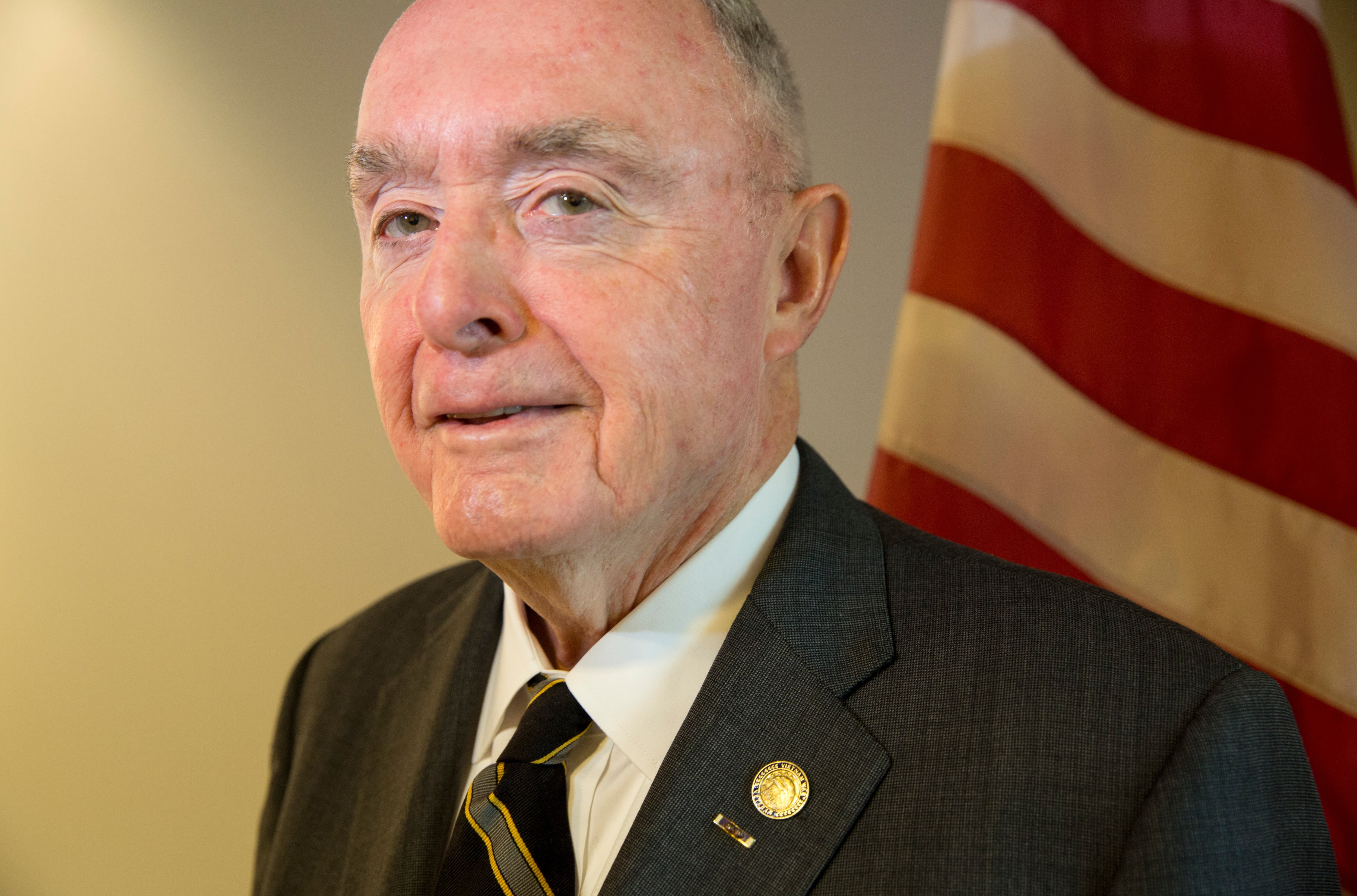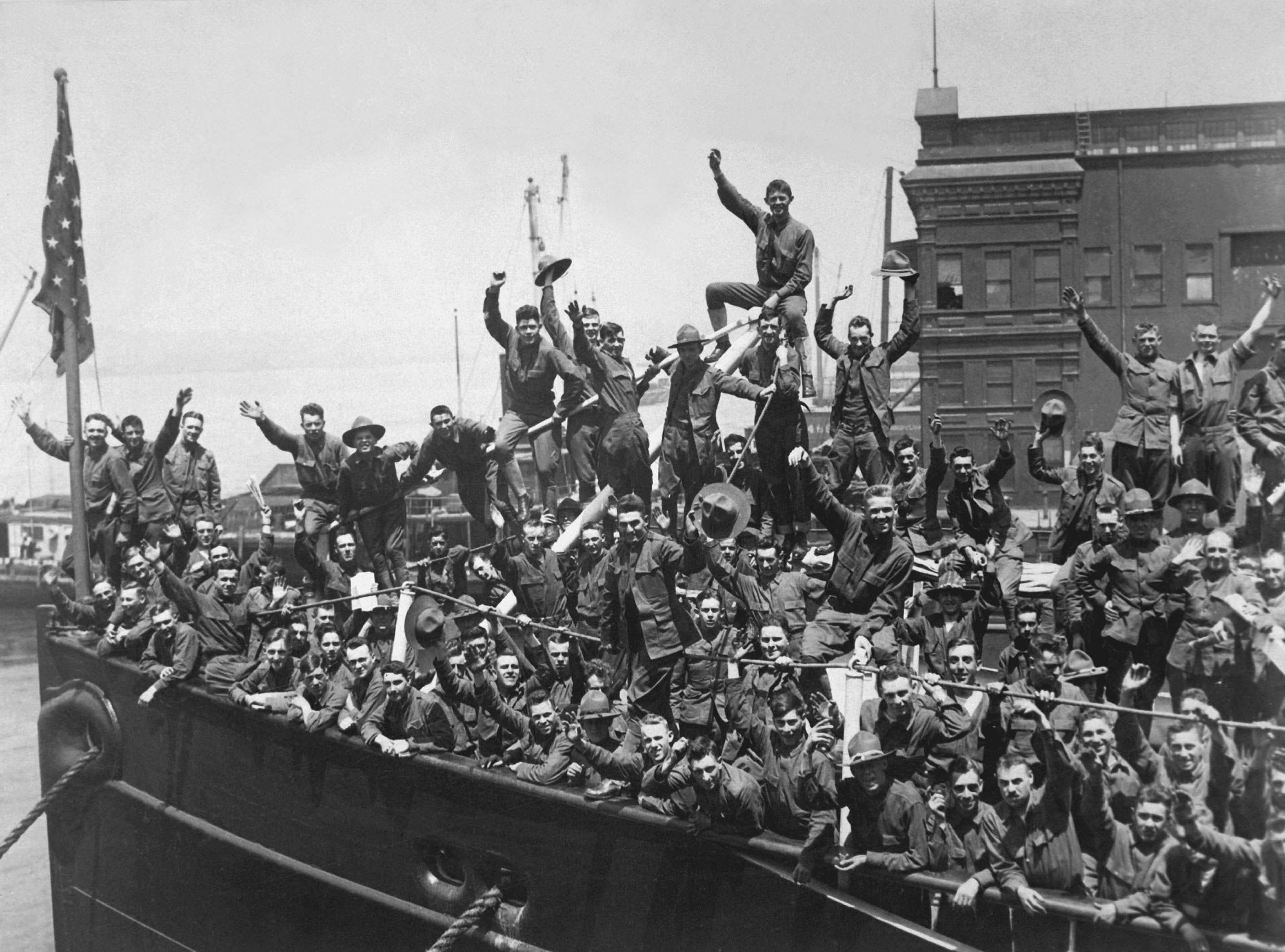World War I transformed America's Army from a 19th-century skeleton force barely capable of responding to a deadly border raid by Mexican revolutionaries into a potent modern expeditionary power with millions under arms and the resources, skills and battlefield courage to shock the enemy into submission.
The transformation would not come easily, but when it did, it would reinvent the U.S. Army in such a profound manner that its legacy continues to this day, woven into the very fabric of its fatigues.
Prior to its entry into World War I, the U.S. prided itself on not having a significant standing army. Its last meaningful engagements had been the Indian Wars of the late 1800s and the Philippines insurrection of 1900. With Congress declaring war on the Central Powers, our armed forces needed to create virtually overnight the organizational structure, staffing and logistics needed to field a modern army. While patriotism was overwhelming, the pragmatic challenge of getting from Main Street to the Marne would test the resources of a country whose entry into a global conflict would propel it to becoming a superpower.
Shortcomings became obvious, such as the absence of effective field artillery, the need to exponentially increase the number of firearms produced in our armories, uncertainty over which vehicles would survive the wear and tear of battered French roads, and much more. While the quartermaster was distributing unprecedented contracts for items ranging from boots to ponchos, the medical corps was trying to figure out how to protect the personal hygiene of millions of young men who hadn’t traveled beyond the county line, much less been deployed overseas. "Over there," indeed.
Far more daunting was the ability to work with our allies while preserving the integrity of the American force structure. Desperate French and British generals sought to go around and above America's commander, Gen. John Pershing, to get newly arriving U.S. troops placed into their depleted battalions and divisions. Lessons learned from these fracture points would become nothing less than strategic a generation later.
In the meantime, our field commanders quickly needed to assimilate the hard-won battle lessons earned at bloody expense by British and French forces, and how the integration of revolutionary World War I technology, including the tank and "aeroplane," had become essential to victory. All of this needed to become part of America's order of battle in months — not years — as hardened German troops made a last-gasp effort to split the Allies in France.
The arrival of the U.S. Army was captured in the memoirs of Winston Churchill, who wrote of the "seemingly inexhaustible flood of gleaming youth" that "clattered along the roads, singing the songs of a new world at the tops of their voices, burning to reach the bloody field. … Half trained, half organized, with only their courage, their numbers and their magnificent youth behind their weapons, they were to buy their experience at a bitter price. But this they were quite ready to do."
The 1918 armistice led to a dramatic drawdown in the U.S. Army, but its core structure, the institutional memory; the reinvention of its culture; its appreciation of modern warfare; the challenges of logistics, supply and training; and the battlefield education of future generals came about as a result of World War I. It would not only change the world and the Army, but it would create the American century that was to follow.

Retired Army Gen. Barry McCaffrey.
Photo Credit: Alan Lessig/Staff
In recognition of this legacy, The World War I Centennial Commission has created a dialogue that compels us to reflect on the lessons of this conflict and the sacrifice asked of our fellow Americans 100 years ago. You are invited to support the creation of a National World War I Memorial in Washington, D.C., to honor those who served during that war, a tribute that is long overdue.
Learn more about the effort at www.worldwar1centennial.org.
Gen. Barry R. McCaffrey is president of his own consulting firm based in Arlington, Virginia ( www.mccaffreyassociates.com) . He serves as a special adviser to the World War I Centennial Commission.





